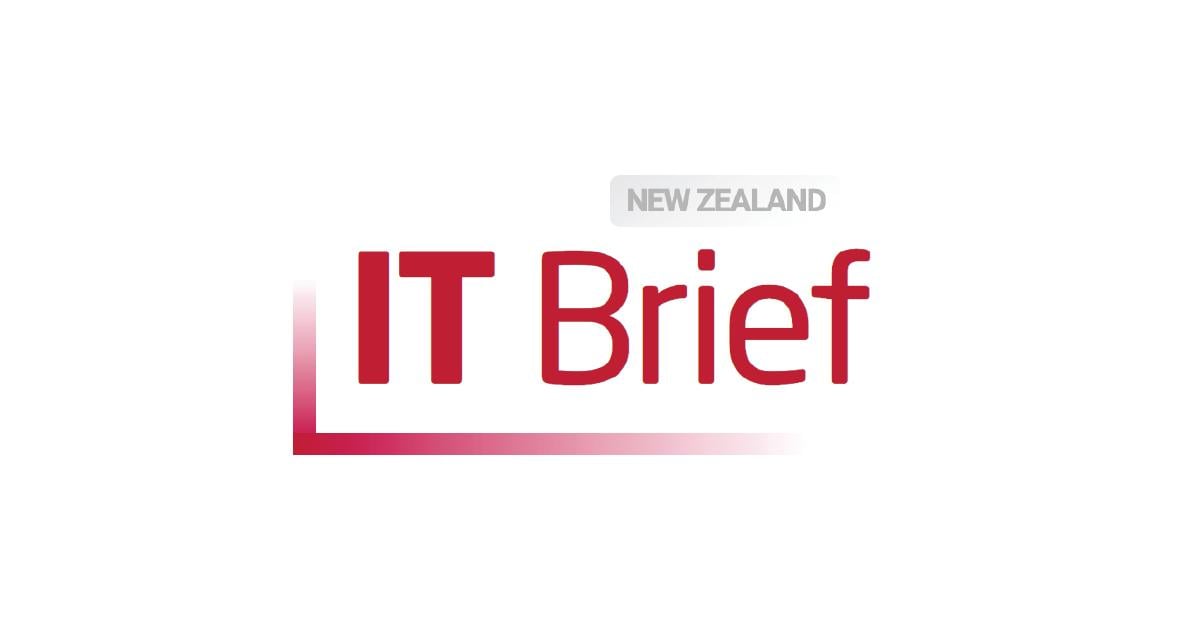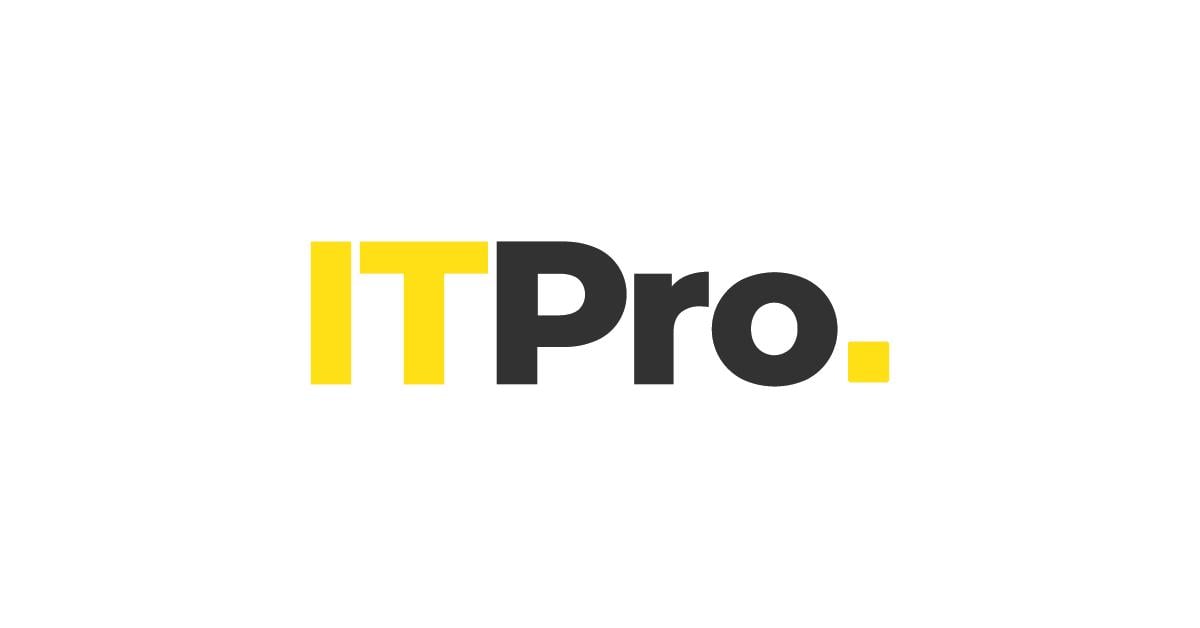Why PRTG is the right tool for your agentless monitoring
PRTG agentless monitoring makes your IT infrastructure more reliable and your everyday work easier.
Agentless monitoring saves you time and resources
Corporate IT infrastructures are becoming more and more complex. Numerous physical devices are now integrated into one or more networks, including servers, computers, routers, switches, ports, storage systems, IoT systems, and more.
When IT infrastructure monitoring tools monitor systems directly, without any additional preparation (e.g., the installation of software agents), then this is referred to as “agentless network monitoring.” This direct, agentless approach is particularly time-saving and efficient.
PRTG is compatible with all major vendors & manufacturers
What does a monitoring agent do?
Agent-based monitoring always requires an intermediary, or a so-called “agent” that is preinstalled by the manufacturer or IT administrator on the system whose performance is to be monitored.
This agent is usually a small piece of software that records then sends monitoring data to the IT monitoring tool. On the other hand, with agentless monitoring data is sent to the monitoring tool directly via built-in protocols or APIs.
Start real-time agentless monitoring with PRTG and see how it can make your network more reliable and your job easier.
3 good reasons to choose PRTG as your agentless monitoring tool
Paessler PRTG is an all-purpose agentless monitoring solution that combines the advantages of agentless monitoring with the benefits of agent-based monitoring.
Secure agentless monitoring – even in remote networks
Agentless monitoring is criticized as being unable to meet increasing security requirements and the needs of complex IT infrastructures that are often distributed across multiple locations. This is because agentless monitoring tools need remote access to monitor remote systems, which in turn can pose a security risk.
Not so with PRTG!
PRTG comes with remote probes that you can set up if your infrastructure consists of several distributed networks separated by firewalls from your local PRTG server. These probes monitor your system autonomously and transmit the collected data to the main PRTG server via TLS, providing you with a continuous, centralized overview of your entire monitoring environment.
Compatibility with protocols
In order to implement agentless monitoring, you need a monitoring tool that integrates as many native protocols as possible. PRTG does just that. It works with numerous protocols and technologies, including SNMP, WMI, HTTP/S, SSH, POP3, FTP, SMTP, NetFlow, sFlow, IP SLA, IPFIX, IPMI, Redfish, Modbus, MQTT, and many more.
PRTG also comes with more than 250 preconfigured sensors for all the biggest manufacturers. For example, you can use PRTG SNMP sensors to monitor the system status of a Cisco device or Cisco UCS Blade Server, the hard disk of a Dell EqualLogic SAN storage system, or the free space of a logical hard disk.
Network discovery for quick setup automation
The PRTG Auto Discovery feature lets you set up your monitoring automatically after installation with just a few clicks. With this feature, PRTG automatically detects the subsystems and network devices in your IT infrastructure. The software uses preconfigured device templates to set up appropriate sensors so you can get started with your monitoring at once. The data from the detected devices is collected directly and displayed on easy-to-read dashboards.
PRTG also comes with custom sensors which allow you to personalize your monitoring as needed. With PRTG, you’ll never lose sight of your IT infrastructure and can prevent problems before they arise.
Start agentless monitoring with PRTG and see how it can make your network more reliable and your job easier.
PRTG makes your job easier
Our monitoring software frees you to focus on other tasks by promptly notifying you of potential issues.
Save effort
PRTG gives you one central monitoring tool for your servers and entire network. Enjoy a quick overview of your whole infrastructure via our dashboard and app.
Save time
Getting started with PRTG is a breeze. Setting up or switching from another network monitoring tool is easy thanks to the auto-discovery and pre-configured device templates.
Save money
80% of our customers report substantial cost savings with network monitoring. Your costs of licenses will likely pay for themselves within weeks.
Agentless vs. agent-based monitoring
The advantages of agentless monitoring
Agentless monitoring requires little work and preparation. Thanks to its convenience, it is the most popular method for monitoring networks.
- With agentless monitoring, there’s no need to install agents on the network objects to be monitored. As a result, the monitored devices remain unhindered and continue to perform well.
- Agents must be updated regularly. Agentless monitoring eliminates this tedious task.
The advantages of agent-based monitoring
- Agent-based monitoring often allows for the collection of more detailed data. This is due to the fact that some software and hardware providers offer agents that transmit more values to the IT monitoring tool.
- By collecting the data themselves, agents reduce the load on the main server.
The disadvantages of agent-based monitoring
- Installing software agents on multiple servers is time-consuming, especially in large IT environments. Agentless monitoring therefore comes with less administrative hassle.
- Agents often require lots of CPU and memory and can significantly slow down the devices on which they are installed, and in some cases even bring them to a complete halt.
“Excellent tool for detailed monitoring. Alarms and notifications work greatly. Equipment addition is straight forward and server initial setup is very easy. ...feel safe to purchase it if you intend to monitor a large networking landscape.”
Infrastructure and Operations Engineer in the Communications Industry, firm size 10B - 30B USD
Start agentless monitoring with PRTG and see how it can make your network more reliable and your job easier.
More than just a monitoring tool:
Reasons our customers love PRTG



Create innovative solutions with Paessler’s partners
Partnering with innovative vendors, Paessler unleashes synergies to create
new and additional benefits for joined customers.
Agentless monitoring: FAQ
What is agentless monitoring?
Agentless monitoring is a method of overseeing the performance, availability, and overall health of IT infrastructure, applications, and networks without requiring the installation of dedicated software agents on the monitored devices or systems. This approach contrasts with agent-based monitoring, which necessitates deploying a software agent on each monitored device to collect and report data.
What are key aspects of agentless monitoring?
Here are some key aspects of agentless monitoring:
- Remote data collection: Data is gathered using standard protocols such as SNMP (Simple Network Management Protocol), WMI (Windows Management Instrumentation), SSH (Secure Shell), or HTTP/S (Hypertext Transfer Protocol Secure). The network monitoring tool communicates directly with the devices or systems over the network to collect performance metrics, logs, and status information.
- Ease of deployment: Agentless monitoring simplifies the setup process as there is no need to install and maintain for example SNMP agents on each device. It also reduces the overhead associated with software installation, updates, and compatibility issues.
- Reduced system impact: Agentless monitoring minimizes the resource consumption on the monitored devices since there is no additional agent software running locally. It is suitable for environments where installing agents might be impractical or impossible, such as legacy systems or third-party managed devices.
- Scalability: Agentless monitoring is often easier to scale as new devices can be added to the monitoring system without the need for individual agent deployments. Centralized configuration and management make it straightforward to expand monitoring capabilities across large and diverse environments.
How does agentless monitoring differ from agent-based monitoring?
Choosing between agent-based and agentless monitoring depends on the specific needs of the IT environment:
- Agent-Based Monitoring is suitable for environments requiring detailed, real-time monitoring and where the overhead of managing agents is acceptable.
- Agentless Monitoring is ideal for environments where ease of deployment and minimal system impact are priorities, and where less granular data is sufficient.
What are the benefits and limitations of agentless monitoring?
Agentless monitoring offers several benefits and limitations that make it suitable for certain environments and less ideal for others.
Benefits of agentless monitoring:
- Quick setup: Since there's no need to install agents on each device, setup is straightforward and faster.
- No installation required: Simplifies the process, especially in environments with numerous devices or where installing software agents is impractical.
- Resource efficiency: Does not consume local system resources such as CPU and memory on the monitored devices.
- No local footprint: Avoids potential performance degradation or conflicts caused by running additional software on the devices.
- Lower maintenance overhead: Eliminates the need for ongoing agent updates, compatibility checks, and troubleshooting.
- Centralized management: Configuration and updates are handled centrally, reducing the operational burden on IT staff.
Limitations of agentless monitoring:
- Connectivity reliance: Heavily dependent on network availability and quality. If the network is down or experiencing issues, data collection can be interrupted.
- Latency and bandwidth: May experience higher latency in data collection and potential bandwidth usage concerns, especially in large environments.
- Exposure: Remote monitoring might expose the system to potential security risks if the protocols used are not properly secured.
- Access controls: Requires careful configuration of access controls and permissions to ensure that only authorized monitoring tools can collect data.
- Network load: In very large environments, the sheer volume of data collected over the network can become a burden, potentially affecting network performance.
What is a sensor in PRTG?
In PRTG, “sensors” are the basic monitoring elements. One sensor usually monitors one measured value in your network, for example the traffic of a switch port, the CPU load of a server, or the free space on a disk drive.
On average, you need about 5-10 sensors per device or one sensor per switch port.

PRTG: The multi-tool for sysadmins
Adapt PRTG individually and dynamically to your needs and rely on a strong API:- HTTP API: Access monitoring data and manipulate monitoring objects via HTTP requests
- Custom sensors: Create your own PRTG sensors for customized monitoring
- Custom notifications: Create your own notifications and send action triggers to external systems
- REST Custom sensor: Monitor almost everything that provides data in XML or JSON format
Still not convinced?
More than 500,000
sysadmins love PRTG
Paessler PRTG is used by companies of all sizes. Sysadmins love PRTG because it makes their job a whole lot easier.
Monitor your entire IT infrastructure
Bandwidth, servers, virtual environments, websites, VoIP services – PRTG keeps an eye on your entire network.
Start agentless monitoring with PRTG and see how it can make your network more reliable and your job easier.
|
PRTG |
Network Monitoring Software - Version 24.3.98.1210 (July 31st, 2024) |
|
Hosting |
Download for Windows and cloud-based version PRTG Hosted Monitor available |
Languages |
English, German, Spanish, French, Portuguese, Dutch, Russian, Japanese, and Simplified Chinese |
Pricing |
Up to 100 sensors for free (Price List) |
Unified Monitoring |
Network devices, bandwidth, servers, applications, virtual environments, remote systems, IoT, and more |
Supported Vendors & Applications |
|






